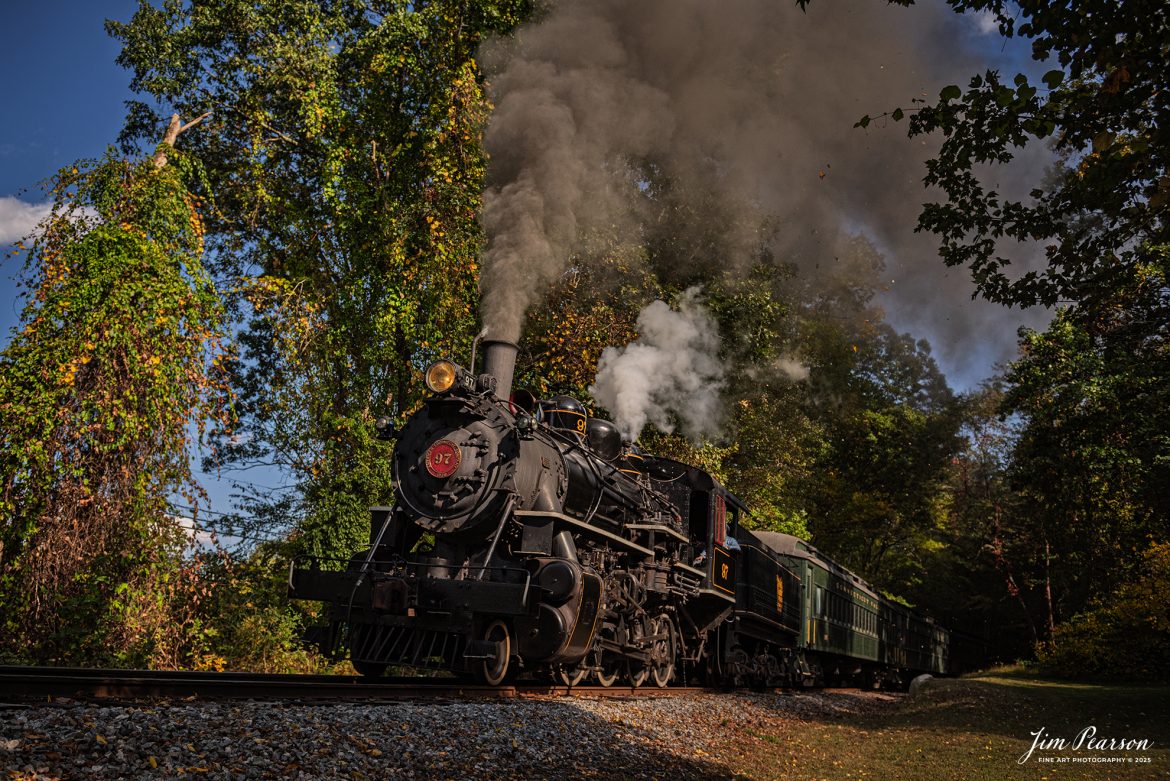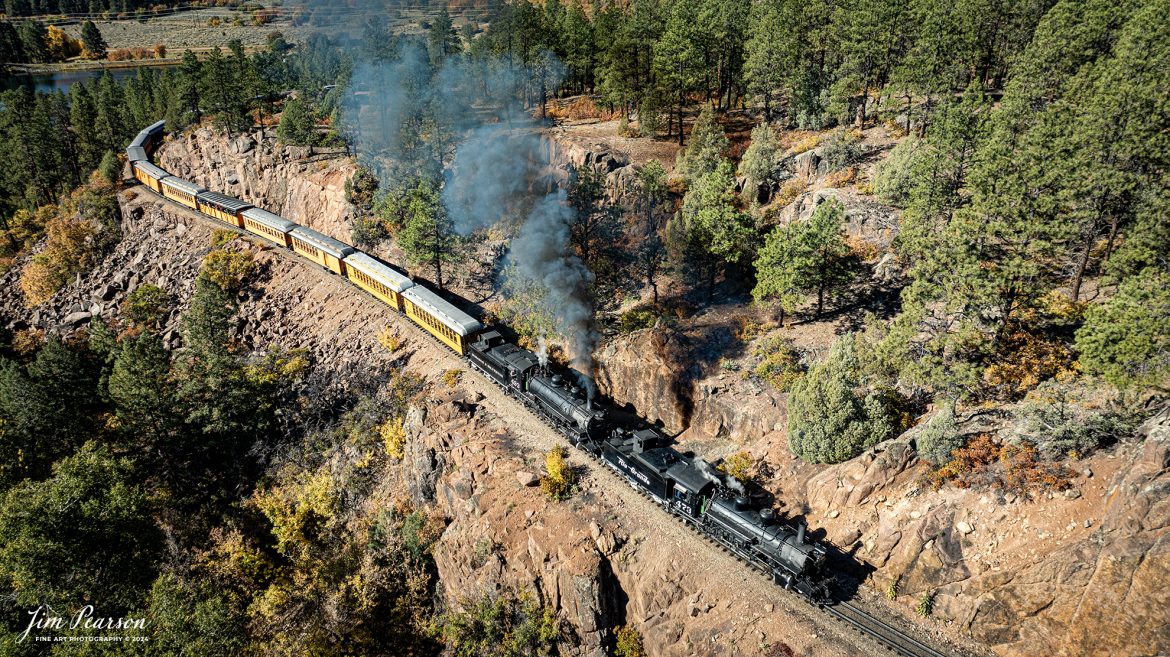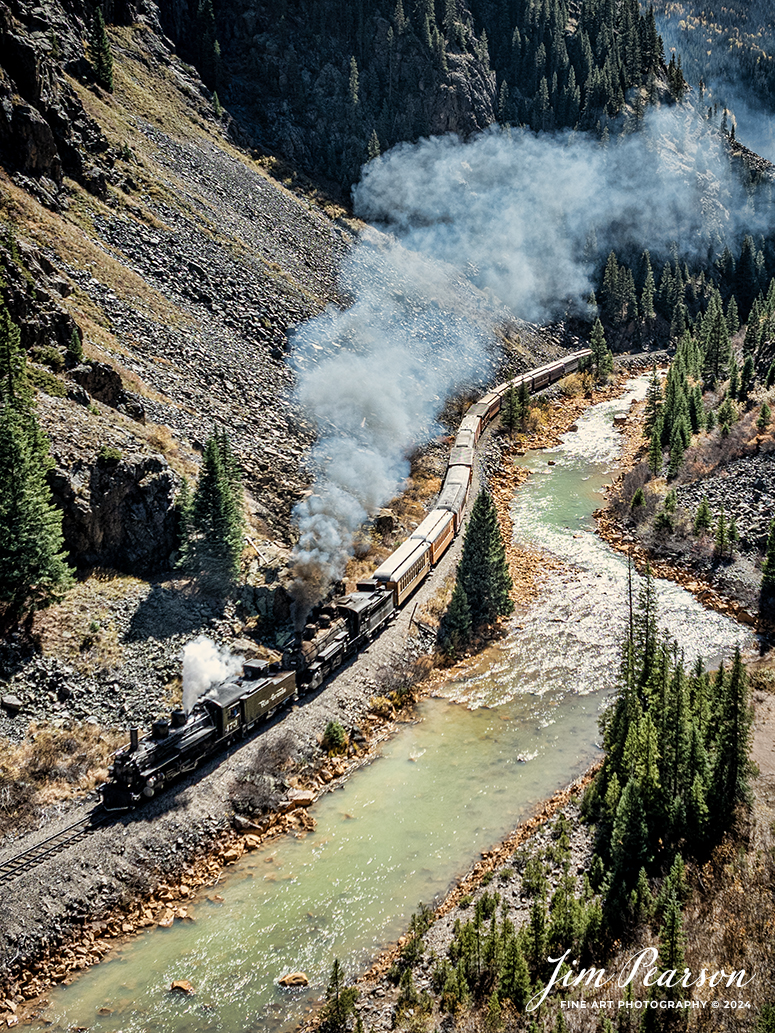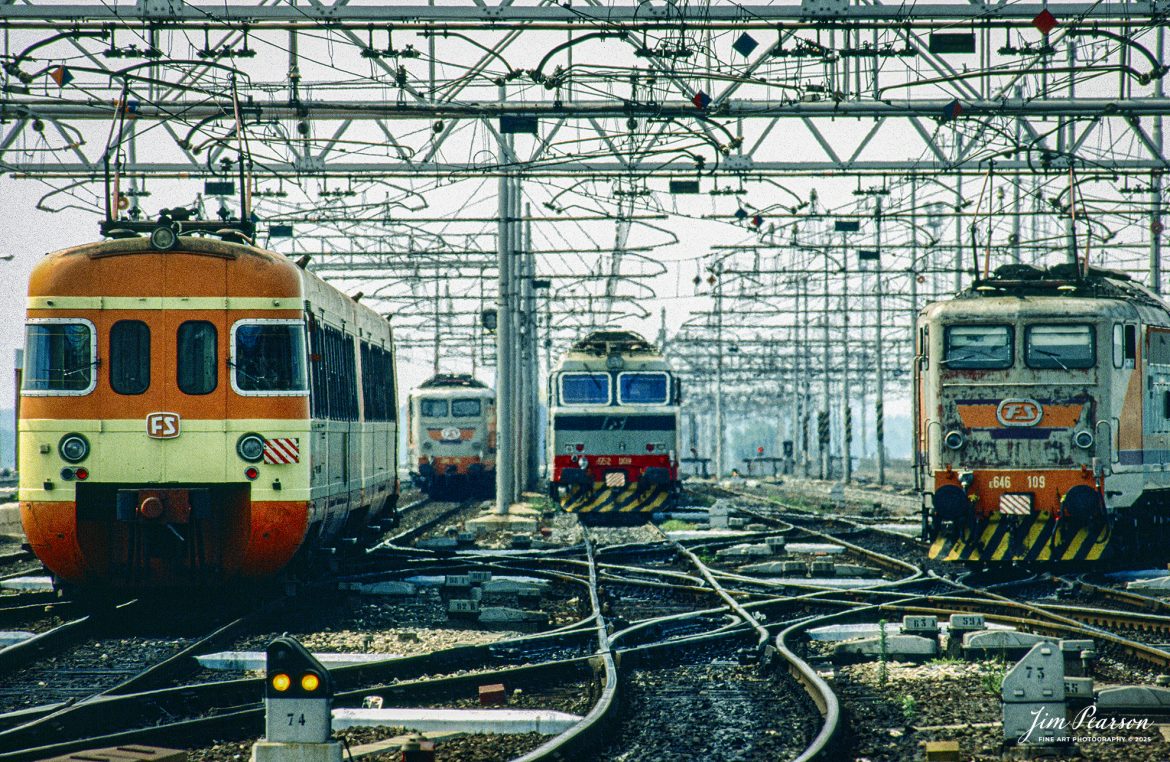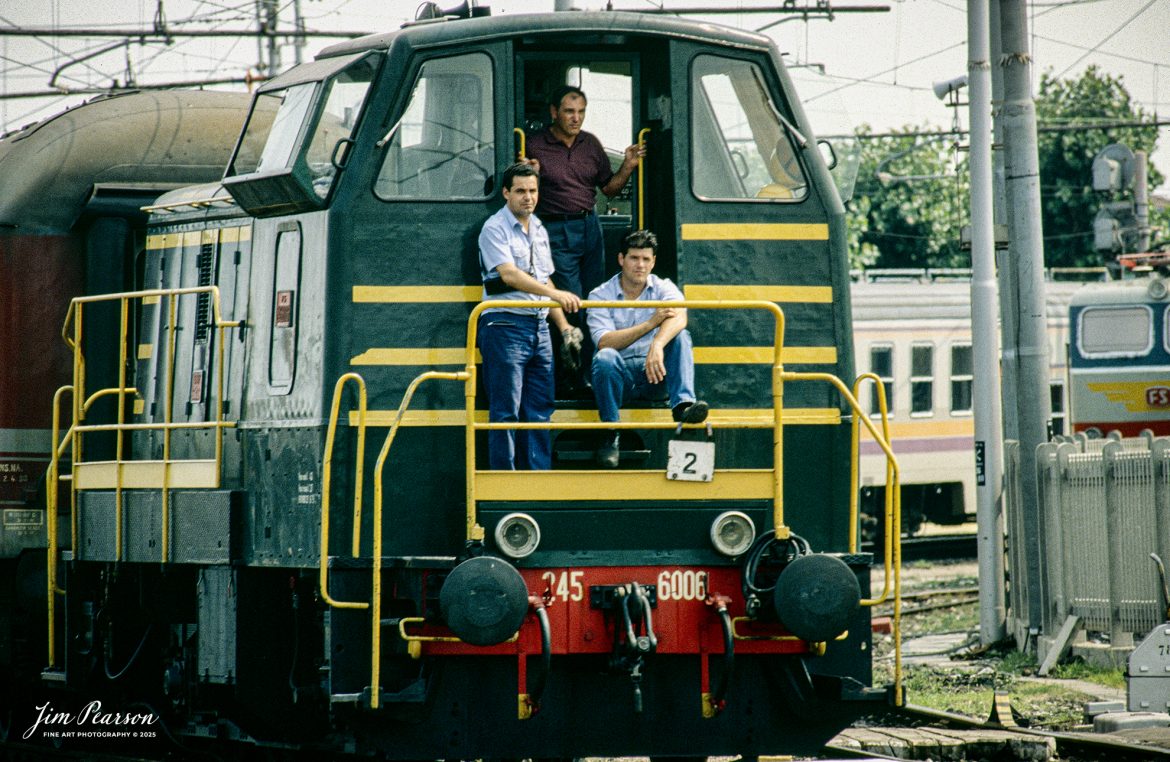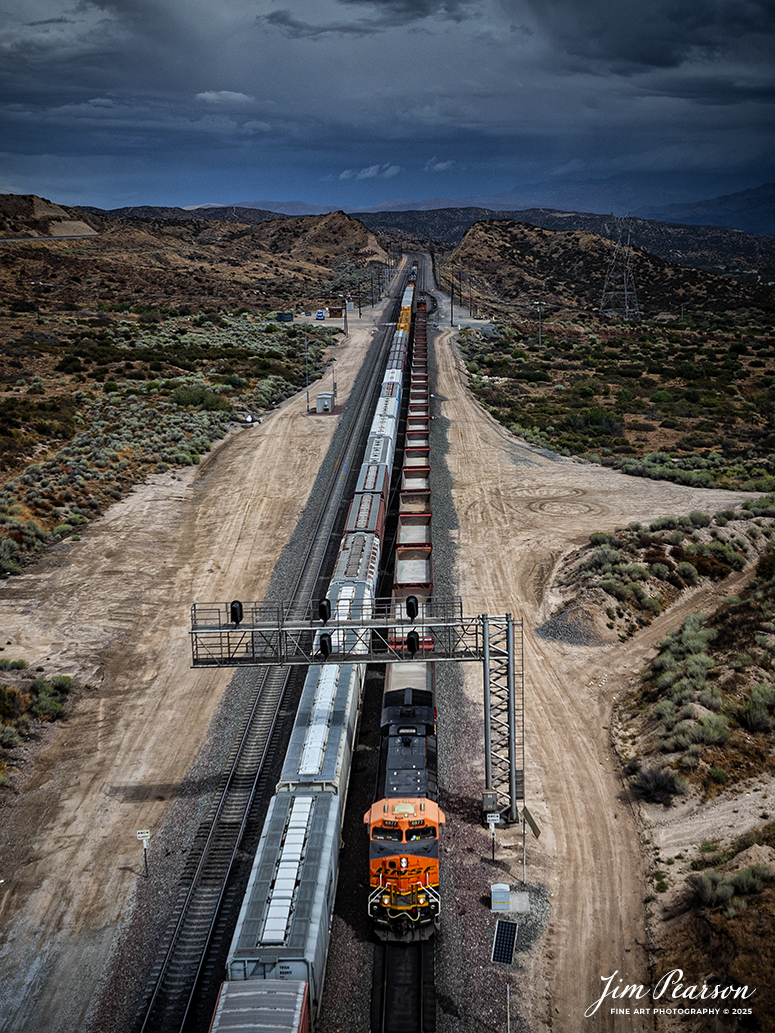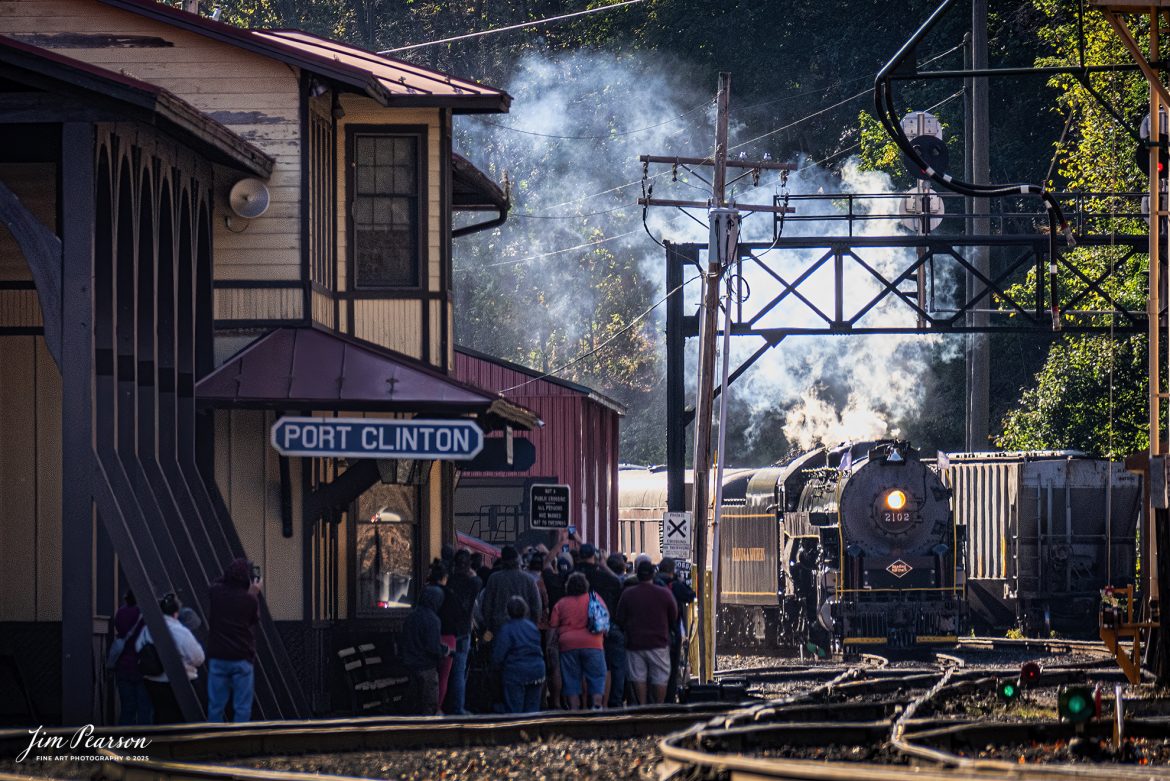Atlantic Coast Line Heritage Unit CSXT 1871 passes the old L&N Depot in downtown Madisonville, Ky, on January 31st, 2025, as it leads hot intermodal I025 southbound on the CSX Henderson Subdivision.
According to a CSX Press Release: November 29, 2023 – The CSX fleet of heritage locomotives is continuing to grow with the introduction of a unit painted in a custom design honoring the Atlantic Coast Line Railroad.
Designated CSX 1871, the seventh locomotive in the heritage series was unveiled at the CSX Locomotive Shop in Waycross, Georgia, which has designed and applied the paint schemes for all the heritage units. The latest in the series features the modern CSX design on the head end, transitioning to historic paint scheme and logo of the Atlantic Coast Line at the rear.
The Atlantic Coast Line name first appeared in 1871, and the American Coast Line Railroad (ACL) was officially incorporated in 1900. The ACL extended from Georgia to Richmond, Virginia, and later expanded into Florida. In 1960, the company opened a new headquarters building in Jacksonville, which continues as CSX headquarters to this day. The ACL merged with the Seaboard Air Line Railroad in 1967 to form the Seaboard Coast Line, which later became part of CSX.
“We do a lot of research on the colors and the schemes just to make sure that we get it right,” said Jeromy Hutchison, CSX carman painter. “We want to make sure we do our heritage justice.”
CSX 1871 will carry the ACL colors in service across the 20,000-mile CSX network, reinforcing employee pride in the history of the railroad that continues to move the nation’s economy with safe, reliable and sustainable rail-based transportation services.
Tech Info: DJI Mavic 3 Classic Drone, RAW, 22mm, f/2.8, 1/2000, ISO 100.










